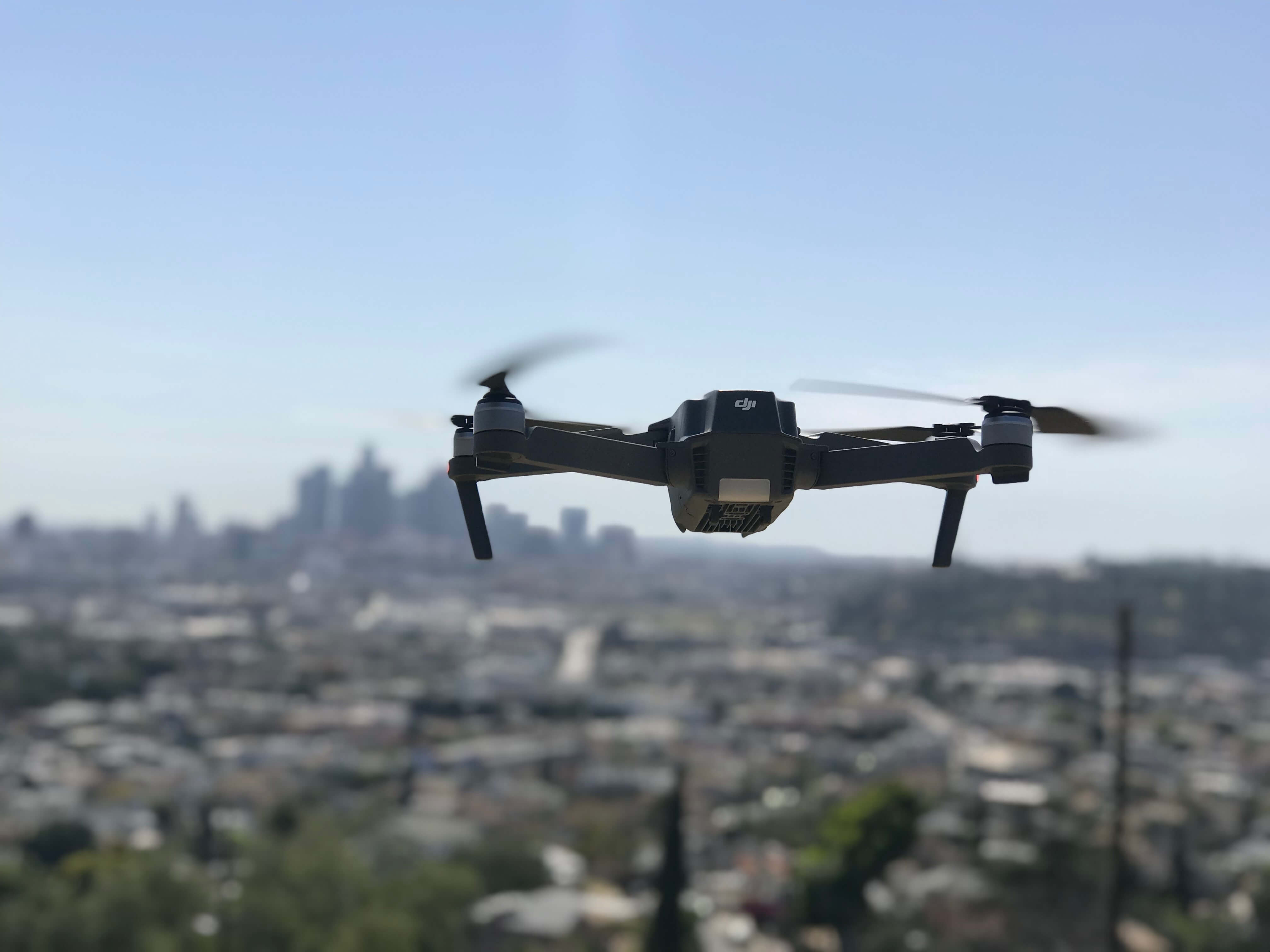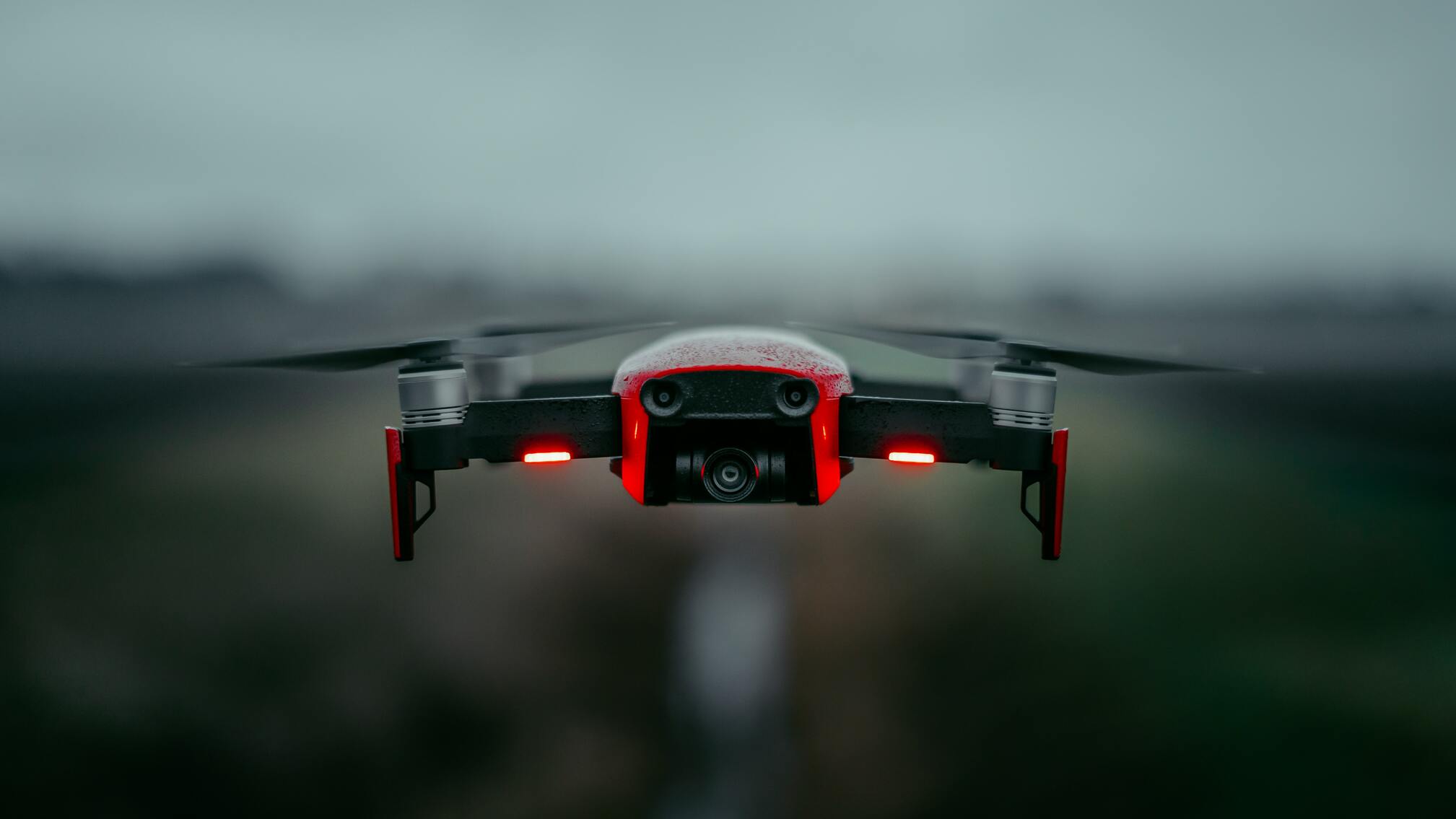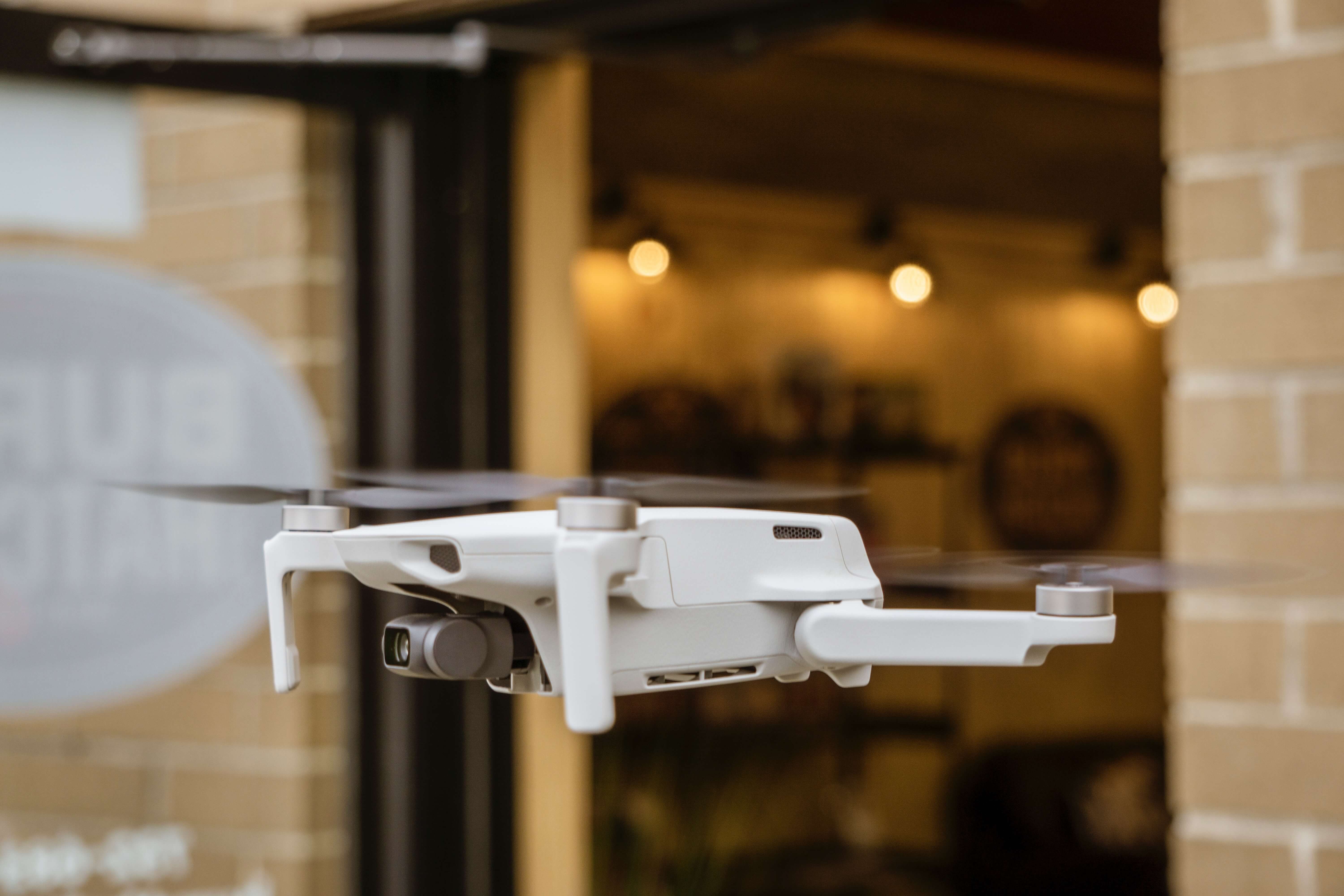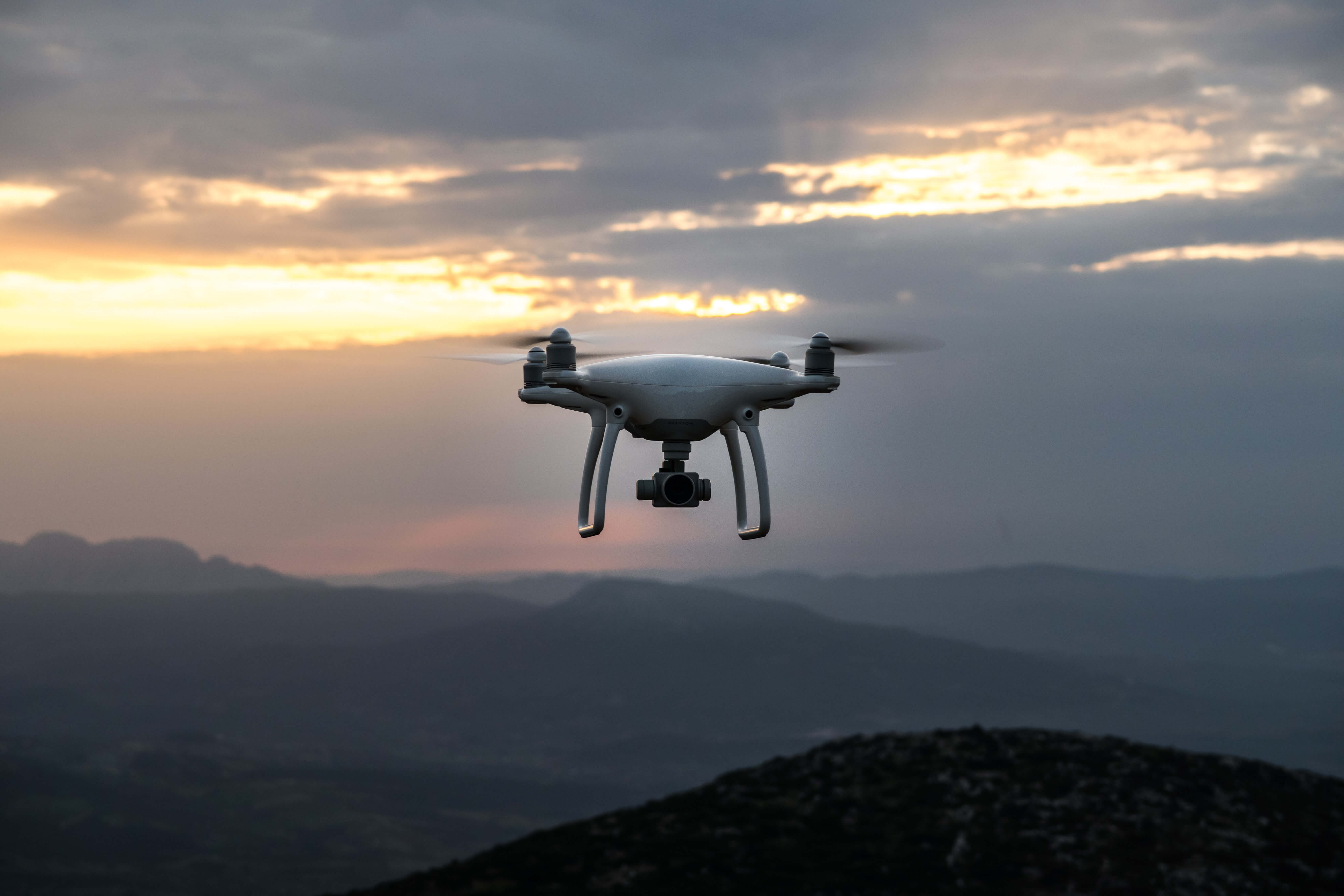- Home
- About Us
- Contact Us
- Site Map
- Affiliate Disclosure
- Privacy Policy
- Terms And Conditions
- Best Drone For Beginners 2021 : Top Beginner Drones
- Best Drones 2022 For Beginners : Top Beginner Drone
- Best Drones For Under 100 Dollars That Are Top Easy To Fly
- Best Cheap Drone For Photography : Camera Drones Budget
- What Is The Best Drone For 2022 And How Fast They Go
- Best Drone In The World To Use For Your First Time
- Best Drones 2022 With Camera : Which One Is The Best Drone
- Mavic Drone : The Most Marvelous Epic Controlled Flight System
- Drone Pilot License : The Best Way To Show Off Your Flight Skill
- Sky Rider Drone: Wi-fi Quadcopter With Foldable Black Camera
- Drone For Kids : The Best Toy To Focus On STEM Technology
- Propel Drone HD Camera Quadcopter And Star Wars
- Mini Drone With Camera : What Is The Best One And Why It Is Good
- Drones Dji : The Most Popular Consumer Drone On The Market Today
- Long Range Drone : How Far Can It Go And At What Rate Of Speed
- Micro Drone : The Smallest Toy With The Biggest Flight Fun
- Flying Spinner Mini Drone : The Best Flying Machine For Home Use
- Drones That Follow You : Is This An Invasion of Privacy or Not ?
- Drone Vivitar : A Magnificent Piece Of Equipment To Learn To Fly
- Drone Repair Near Me : Where Can I Find Reliable Parts And Stuff
- Drone Photography Near Me That Can Capture The Scenic View
- Drone Quadcopter : The Best Aerial Fly Machine That You Can Own
- Drone Light Show : A Spectacular Array Of Lights, Camera, Action
- Drone Holy Stone : The Most Quality Flying Device Anyone Can Use
- Sky Quad Drone Reviews Is It A Scam Or Legit Revealed
- Drone Fishing : When A Man Has A Rod, Boat, And Nothing But Time
- Faa Drone Registration : Feel Free To Fly But Follow The Rules
- Remote Control Drone : RC Drones With Fpv Controllers
- Hand Controlled Drone : Guiding Your Flight At Your Finger Tips
- Best Video Drones For Beginners | Features A Beginner Drone
- The Best Drone To Buy : Drones 2023 For Beginners
- Dgi Drone
- Best Drone For Night Photography
- Best Drone For The Money
- Best Drone For Teenager
- Best Drone For Under 200
- Best Drone For Under 500
- Best Drone For Video
- Best Drone In The Market
- Best Drone Under 1000
- Best Drones For Travel
- Bird Drone
- Black Hornet Drone
- Deerc Drone
- DJI Drones For Sale
- Best Beginner Drone With Camera : Are You New To Flying
- Best Beginner Drone For Me And How Much Will It Cost
- Battery For A Drone : Benefits, Advantages, And Features
- Best Camera Drone For Professional And Entertainment Purposes
- Best Cheap Drone In The Market That Will Not Cost An Arm and Leg
- Dji Fpv Drone
- Dji Mavic 3 Drone
- Drone Dj
- Best Drone Camera For First Time Users And Experienced Users
- What Are The Best Drones For Video Drone Camera
Potensic ATOM 3-Axis Gimbal 4K GPS Drone, Under 249g, 96 Mins Flight, Max 6KM Transmission
Sky Viper Drone Skyrocket Flying Drones Into Streaming
Is a popular brand of consumer drones known for their affordability, ease of use, and a range of features. While I don't have access to the latest information beyond my September 2021 knowledge cutoff, I can provide you with an overview of the typical features and capabilities up until that time.

1. Design and Construction: are typically compact and lightweight, designed for easy maneuverability and portability. They are constructed using durable materials to withstand crashes and minor impacts.
2. Flight Controls: come with intuitive flight controls, making them suitable for beginners and experienced pilots alike. They usually offer multiple flight modes, including beginner, intermediate, and advanced, allowing users to gradually improve their piloting skills.

3. Camera Capabilities: Many models of are equipped with cameras, allowing users to capture aerial photos and videos. However, the quality and resolution of the camera may vary depending on the specific model. Some drones may offer live video streaming capabilities, enabling users to view the drone's perspective in real-time on their mobile devices.
4. Autonomous Features: often include autonomous flight features such as auto takeoff and landing, altitude hold, and one-touch stunts. These features can help stabilize the drone and perform impressive aerial maneuvers with ease.

5. Connectivity and Control: Most are controlled via a dedicated remote controller included with the drone. Additionally, some models may have the option of controlling the drone using a smartphone or tablet by connecting to a companion app via Wi-Fi or Bluetooth.
6. Battery Life and Flight Time: The flight time can vary depending on the model and usage. Typically, they offer flight times ranging from 7 to 15 minutes per battery charge. It's common for these drones to come with removable and rechargeable batteries, allowing users to swap them out for extended flying sessions.

7. Additional Features: Depending on the specific model, may offer additional features such as built-in LED lights for enhanced visibility during flights, flip and barrel roll capabilities, and compatibility with virtual reality (VR) headsets for a more immersive piloting experience.
It's important to note that the features and specifications of may vary across different models and product releases. For the most accurate and up-to-date information, I recommend visiting the official Sky Viper website or checking with reliable retailers.

How Long Does A Sky Viper Last ?
The longevity can depend on several factors, including the specific model, frequency of use, maintenance, and handling. While I can provide some general insights, please note that my information is based on data available up until September 2021, and there may have been updates or advancements since then.
1. Durability: are typically designed to be durable and withstand crashes and minor impacts. However, the extent of their durability can vary across different models. Some models may have stronger frames or protective guards around the propellers, offering better protection against damage.

2. Flight Time: The flight time is generally determined by the capacity of its battery and the power requirements of the drone's components, including motors, camera (if applicable), and other electronics. Typically, the flight time ranges from 7 to 15 minutes per battery charge, depending on the model.
However, it's important to note that flight time can be affected by various factors such as wind conditions, flight maneuvers, and the weight of any additional accessories or attachments.
3. Battery Life: The lifespan of the drone's battery depends on factors like the quality of the battery, the number of charge cycles it undergoes, and how well it is maintained. Lithium-polymer (LiPo) batteries are commonly used in drones, including Sky Viper models.
LiPo batteries can generally last between 150 to 300 charge cycles before experiencing reduced performance or capacity. Proper battery care, such as following manufacturer guidelines for charging, storage, and avoiding over-discharging, can help prolong the battery's lifespan.

4. Wear and Tear: With regular use, may experience wear and tear on various components, including motors, propellers, and electronic circuits. The lifespan of these components can depend on factors like the quality of the materials used, the frequency of flights, and the level of stress placed on the drone during operation.
It's important to follow proper maintenance practices, such as inspecting and replacing damaged propellers, keeping the drone clean, and avoiding harsh flying conditions that could increase wear on the components.
5. Upgrades and Repairs: may offer options for upgrading certain components or replacing damaged parts. The availability of replacement parts and the ease of repairs can vary depending on the specific model and its popularity in the market.
Manufacturers often provide guidelines and support for repairs, but it's worth checking with the manufacturer or authorized service centers for detailed information on repair options.

Ultimately, the lifespan can vary from several months to a few years, depending on the factors mentioned above. Proper maintenance, careful handling, and adherence to manufacturer guidelines can help maximize the longevity of the drone.
What Is The Range Of The Fpv ?
The range can vary depending on the specific model and its transmission system. While I don't have access to the latest information beyond my September 2021 knowledge cutoff, I can provide you with a general overview of the range you can expect from Sky Viper drones up until that time.
1. Remote Control Range: typically come with a dedicated remote controller that communicates with the drone using radio frequency (RF) signals. The remote control range can vary depending on the model and the specific RF technology employed. Generally, the remote control range can range from 100 to 200 feet (30 to 60 meters) in open areas with minimal interference.

2. Wi-Fi Range: Some Sky Viper models may offer Wi-Fi connectivity, allowing users to control the drone using a smartphone or tablet and a companion app. The Wi-Fi range is usually limited compared to RF remote control ranges. In general, the Wi-Fi range can range from 30 to 100 feet (9 to 30 meters) in optimal conditions.
It's important to note that the range can be affected by various factors, including the presence of obstacles such as buildings, trees, or other wireless devices that could cause signal interference. Additionally, factors like weather conditions and electromagnetic interference in the area can also affect the range and signal strength.
To ensure a reliable connection and maximize the range, it's recommended to fly the drone in open areas away from potential sources of interference. Following the manufacturer's guidelines and recommendations for optimal flying conditions can help you achieve the best range performance.
For the most accurate and up-to-date information on the range of specific, I suggest referring to the product specifications provided by the manufacturer or contacting the official Sky Viper customer support.

What Is The WiFi Password For Fpv ?
The Wi-Fi password for a Fpv can vary depending on the specific model and how it was set up by the user or manufacturer.
Typically, Fpv that offer Wi-Fi connectivity will have a default password provided in the user manual or on the packaging. It's essential to consult the documentation that came with your specific Fpv to locate the default Wi-Fi password.
If you've changed the password or cannot find the default information, you may need to reset the drone's settings to restore the factory defaults. The process for resetting a Fpv can vary depending on the model. Generally, it involves pressing and holding a specific button or combination of buttons for a designated period.
Again, referring to the user manual or contacting Sky Viper's customer support will provide you with the accurate instructions for resetting your specific drone model.
Remember that it's crucial to ensure the security of your drone's Wi-Fi connection by setting a strong and unique password once you've gained access to its settings. This will help protect your drone from unauthorized access and potential security breaches.
Can I Fly My Fpv With My Phone ?
Yes, depending on the model of your Fpv, you may be able to fly it using your smartphone or tablet. Fpv often offer a companion mobile app that allows you to control the drone via Wi-Fi connectivity.
Here's a general overview of how you can fly a Fpv using your phone:

1. App Installation: Begin by installing the official Fpv app on your smartphone or tablet. You can typically find the app on the respective app store for your device, such as the Apple App Store or Google Play Store.
2. Wi-Fi Connection: Ensure that your phone is connected to the Wi-Fi network provided by your Fpv. This network is usually created by the drone itself and may have a specific name or be indicated in the user manual or packaging.

3. Launch the App: Open the Sky Viper app on your device. In most cases, you will need to create an account and log in to access the app's features and drone controls.
4. Connect to the Drone: Within the app, there should be an option to connect to your Fpv. Tap on the appropriate button or follow the on-screen instructions to establish a connection between your phone and the drone's Wi-Fi network.

5. Flight Controls: Once connected, you should have access to the drone's flight controls within the app. This typically includes options for takeoff, landing, altitude control, directional movements, and even some autonomous flight modes depending on the specific drone model.
6. Monitor the Drone: The app may also provide a live video feed from the drone's camera, allowing you to see the drone's perspective in real-time on your phone's screen. This can help you navigate and frame shots while flying the drone.

It's important to note that the specific features and functionalities available in the app can vary depending on the model and version of the Fpv you own.
Additionally, the app's user interface and controls may differ across different versions and updates. To ensure you have the most accurate instructions and information, refer to the user manual or documentation that came with your specific Fpv.
Remember to follow local regulations and guidelines for flying drones in your area, and always fly your drone in a safe and responsible manner.
How Do I Find My Lost Fpv ?
Losing a drone can be a frustrating experience, but there are several steps you can take to increase your chances of finding a lost Fpv. Here's a detailed guide on what you can do:

1. Stay Calm and Assess the Situation: Take a moment to gather your thoughts and remain calm. Panic can make it harder to think clearly and locate your drone effectively.
2. Use the Last Known Location: Recall where you were flying the drone when you lost sight of it. This will serve as your starting point for the search. If you're unsure, retrace your steps or try to remember landmarks or specific areas you visited during the flight.

3. Enlist Help: If possible, ask a friend or family member to assist you in searching for the drone. An extra pair of eyes can be helpful, especially in large search areas.
4. Search Nearby Areas: Start by searching the immediate vicinity of the last known location. Look in trees, bushes, rooftops, or any nearby structures where the drone might have become lodged or stuck.

5. Activate Audible Signal: Some Fpv models may have a feature that allows you to activate an audible signal. Check the drone's user manual to see if your model supports this feature. If available, use it to help locate the drone by listening for the sound.
6. Use a Mobile App: If your Fpv is equipped with a mobile app, check if it has any features that can assist in locating a lost drone. Some apps may have a "Find My Drone" option that uses GPS or signal strength to guide you towards the drone's location.

7. Utilize GPS Trackers: If you had attached a GPS tracking device to your drone, consult the tracking device's app or website to locate the drone's last known coordinates.
8. Expand the Search Area: If you haven't found the drone in the immediate vicinity, gradually expand your search area. Move in a logical and methodical pattern, covering nearby fields, parks, or areas where the drone could have drifted or landed.

9. Seek Help from Local Authorities: In some cases, if your drone has gone missing in a large area or if you believe it may have landed on private property, you may want to reach out to local authorities, such as the police or park officials. They might be able to assist you or provide guidance on drone recovery in their jurisdiction.
10. Utilize Online Communities: Join online drone forums or social media groups where fellow drone enthusiasts can provide advice or assistance in locating lost drones. They may offer helpful tips or techniques based on their experiences.

Remember to follow local laws and regulations while searching for your lost drone and respect the privacy of others. Taking preventative measures, such as attaching contact information to your drone or using anti-loss devices, can also help increase the chances of recovering a lost drone in the future.
What Happens If Drone Goes Out Of Range ?
When a drone goes out of range, it can result in various consequences depending on the specific circumstances and the drone's features. Here's a detailed explanation of what can happen if a drone exceeds its operational range:
1. Loss of Control: The most immediate and common consequence of a drone going out of range is a loss of control. The remote controller or mobile device used to control the drone typically communicates with the drone using radio frequency (RF) signals or a Wi-Fi connection.
When the drone moves beyond the effective range of the controller's signal, the pilot loses the ability to send commands or control the drone's movements.

2. Autopilot Modes: Some drones, including certain models of the Sky Viper, have autopilot or Return-to-Home (RTH) features. If the drone goes out of range but has an active autopilot mode engaged or RTH function enabled, it may attempt to automatically return to its takeoff point or a predefined home location.
This feature relies on built-in GPS or other positioning systems to navigate the drone back to a safe location. However, it's important to note that the effectiveness of these features can vary, and the drone may encounter obstacles or limitations during the return journey.

3. Signal Loss Warnings: Many drone models, including Fpv, are equipped with signal loss warning mechanisms. These warnings can be in the form of visual indicators, audible alarms, or alerts on the remote controller or mobile app. The purpose of these warnings is to notify the pilot when the drone is reaching its operational range limits and signal strength is weakening.
4. Hover or Descend: In some cases, when a drone loses connection or goes out of range, it may automatically enter a hover or descent mode. This is a safety feature designed to prevent the drone from flying too far away or becoming uncontrolled. The drone may hover in place or slowly descend to a safe altitude until the connection is reestablished or until the battery level reaches a critical point.

5. Flyaway Risk: If the drone doesn't have autopilot features or if they fail to activate correctly, there is a risk of a "flyaway" scenario. A flyaway occurs when a drone loses connection, goes out of range, and continues flying in a random or uncontrollable manner. Flyaways can be unpredictable and may result in the drone becoming lost or damaged.
6. Potential Loss or Damage: When a drone goes out of range and control is lost, there is a possibility of losing the drone entirely. Depending on the environment, the drone could crash, land in an inaccessible area, or even be damaged or destroyed. Additionally, if the drone is lost in a public or private location, it may be challenging to retrieve it.
It's important to note that different drone models have varying operational ranges, and it's crucial to follow the manufacturer's instructions regarding safe operating distances and signal range. Additionally, understanding the drone's capabilities, utilizing return-to-home features when available, and maintaining a visual line of sight with the drone can help minimize the risk of a drone going out of range and the potential consequences associated with it.
Does The Sky Viper Have A Camera ?
Yes, many models of the Fpv are equipped with cameras that allow users to capture aerial photos and videos. However, the availability and specifications of the camera can vary depending on the specific model of the Fpv. Here are some details about the camera features typically found in Fpv:
1. Camera Resolution: The camera resolution can vary between different Fpv models. Generally, the camera resolutions range from 480p (standard definition) to 1080p (high definition). Some advanced models may even offer 4K resolution for higher-quality video recording.
2. Photo and Video Capture: Fpv with cameras allow users to capture both photos and videos during flight. You can typically switch between photo and video modes using the drone's controller or mobile app.
3. Real-time Video Streaming: Some Fpv models offer real-time video streaming capabilities, allowing users to view the drone's perspective in real-time on a connected mobile device or a separate display. This feature provides a live feed of what the drone's camera sees during flight.
4. Memory Storage: Fpv with cameras usually have built-in memory or support for removable memory cards (such as microSD cards). This allows you to store photos and videos directly on the drone or the inserted memory card, depending on the specific model.
5. Camera Adjustments: Depending on the model,Fpv may offer camera adjustments such as tilt or angle control, allowing you to change the camera's viewing angle during flight. This feature provides flexibility in capturing different perspectives and angles.
It's important to note that while Fpv come with cameras, the image quality and features may not match those of professional-grade camera drones. The primary focus of Fpv is often on ease of use, affordability, and accessibility for recreational purposes.
For detailed and up-to-date information about the camera specifications and features of a specific Sky Viper drone model, I recommend referring to the manufacturer's website or product documentation for accurate information.
For more information click here History Of Unmanned Aerial Vehicles